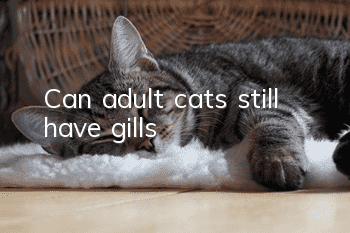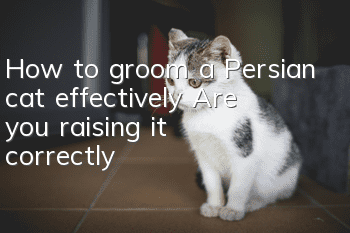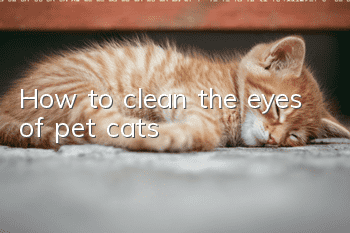Can adult cats still have gills?

Adult cats can also develop gills. Most cats develop cheeks around 6-8 months of age, but a few cats may develop cheeks as adults, but the development of cheeks is not so obvious. Whether a cat can develop gills is not only related to the cat's breed, bloodline, and genes, but also to the owner's care. The external factors for cats to develop gills require a reasonable combination of nutrition.
Precautions for cats with hairy cheeks:
1. Do not neuter prematurely. It is difficult for sterilized cats to successfully develop gills. Neutered cats will secrete too little male hormones, causing obstruction of gill development. It is recommended to neuter after 1 to 2 years old to ensure that the cat has complete gill development.
2. Increase nutrition. You can feed some nutritional paste or snacks, which can increase nutrition, help the cat maintain a high nutritional level, enhance resistance, and help the cat gain weight and gain weight.
3. Choose high-protein cat food. Cat food with high protein content is more likely to help cats grow gills. It has high protein content and satisfies the palatability of cats.
4. Take good care of your intestines and stomach. Gastrointestinal care can affect the normal absorption of nutrients in cats. Regular deworming is required to prevent the reproduction of parasites from affecting the absorption of nutrients.
- How should you deal with a disobedient cat? It’s because your method of training the cat is useless!
- Can kittens eat eggs?
- How to relieve a cat’s heat?
- Can cats have rabies? Cats have symptoms of rabies!
- Why does my cat keep having diarrhea?
- Can the hair in Ragdoll cats’ ears be trimmed? Ragdoll cat hair care!
- Pay attention to the deadly killer of dogs and cats in summer, poop scavengers must be careful!
- How many months have male cats had hairy cheeks?
- At what age can a kitten be weaned?
- Can kittens leave the nest after one month?



